Although 44 Indian Airborne Division was formally established in April 1944, bringing the division up to establishment proved difficult, not least with recruiting divisional troops to support the infantry. Considerable difficulty was encountered in finding British artillery, engineers and signals volunteers, and most of them were obtained from incoming drafts from the United Kingdom.
Initially, the divisional artillery comprised only of 23 Light Anti-Aircraft Regiment, until the arrival of 159 Field Regiment in December 1944. The redesignation of 123 Field Regiment in January 1945 briefly resulted in the divisional artillery comprising of 3 units, until 123 Regiment's reversion to a non airborne role at the end of June. Thereafter the Indian Airborne Divisional Artillery comprised of 159 Parachute Light Regiment and 23 Parachute LAA/Anti-Tank Regiment (later renumbered).
159 Regiment was equipped with American 75mm pack howitzers and short-axle 25-pounders. 23 Regiment was equipped with 20mm Oerlikon light anti-aircraft guns, 6-pounder anti-tank guns and 3-inch mortars, each weapon held on full regimental scales. Both regiments joined 44 Indian Airborne Division at Secunderabad and moved to Bilaspur in June 1945.
In late 1945, when the war with Japan was over, 159 Regiment moved to Malir (in the Sindh Desert, near Karachi) and 23 Regiment followed in early 1946. Following these moves 159 Regiment gave up its 25-pounders, retaining only the light howitzers. 23 Regiment took over the 25-pounder role from 159 Regiment, gave up all the other armaments and was re-titled 158 Parachute Field Regiment RA. Around this time the Division was also renamed as 2 Indian Airborne Division.
In 1946, in preparation for independence, 2 Indian Airborne Division was 'nationalised' with the two British artillery regiments replaced by Indian Parachute Artillery units.
159 Regiment moved to Quetta and came under command of 6th (British) Independent Parachute Brigade Group.158 Regiment remained at Malir under command of HQRA 2nd Division. Both regiments had the word "British" added to their titles e.g. 159 (British) Parachute Light Regiment.
In early 1947, those members of 158 Regiment not due for repatriation were posted to 159 Regiment and in due course 158 Parachute Field Regiment was disbanded.
159 Parachute Light Regiment embarked at Karachi in February 1947 to join 6th Airborne Division in Palestine.
Compiled with the assistance of Brigadier Arthur Sisson.
Source:
Brigadier Arthur Sisson
Read More
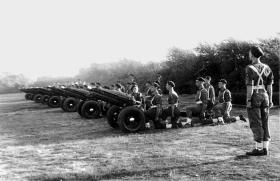
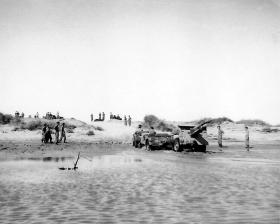
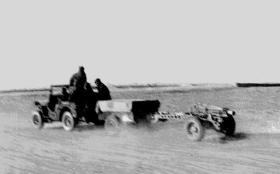
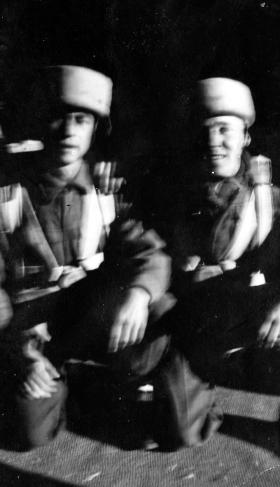
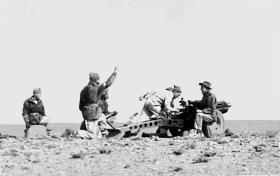
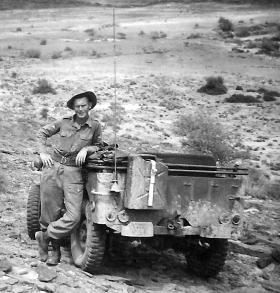
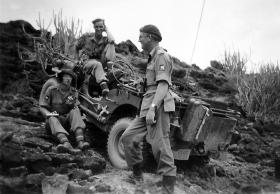
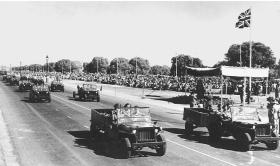
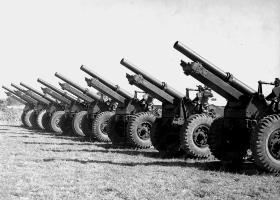
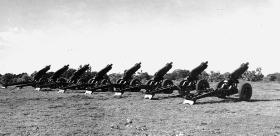
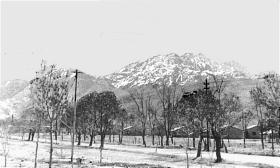


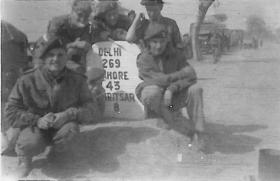
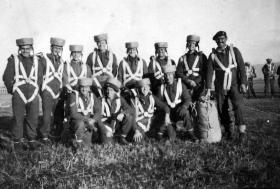
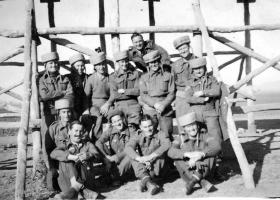
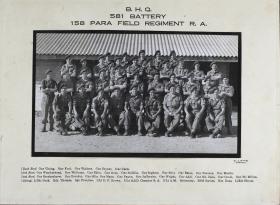
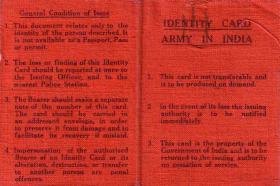




Latest Comments
There are currently no comments for this content.
Add Comment
In order to add comments you must be registered with ParaData.
If you are currently a ParaData member please login.
If you are not currently a ParaData member but wish to get involved please register.